BHC First Aid at Work


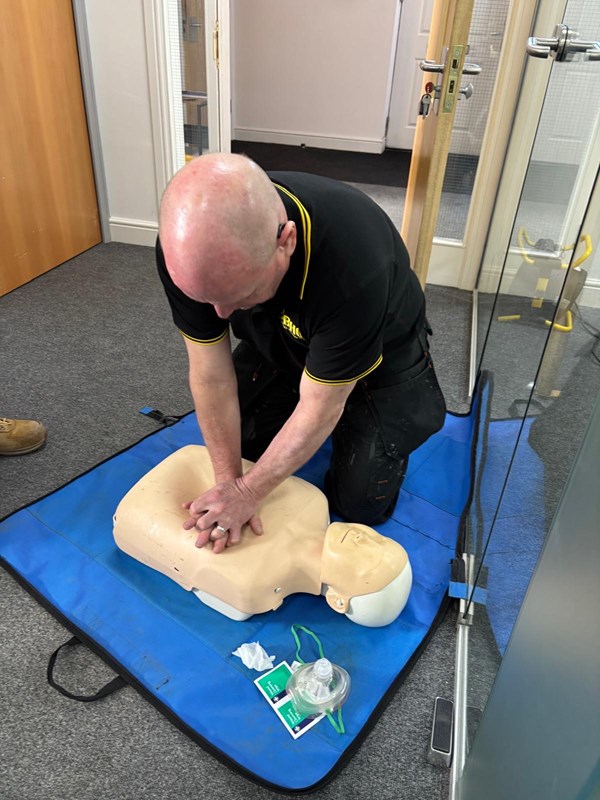
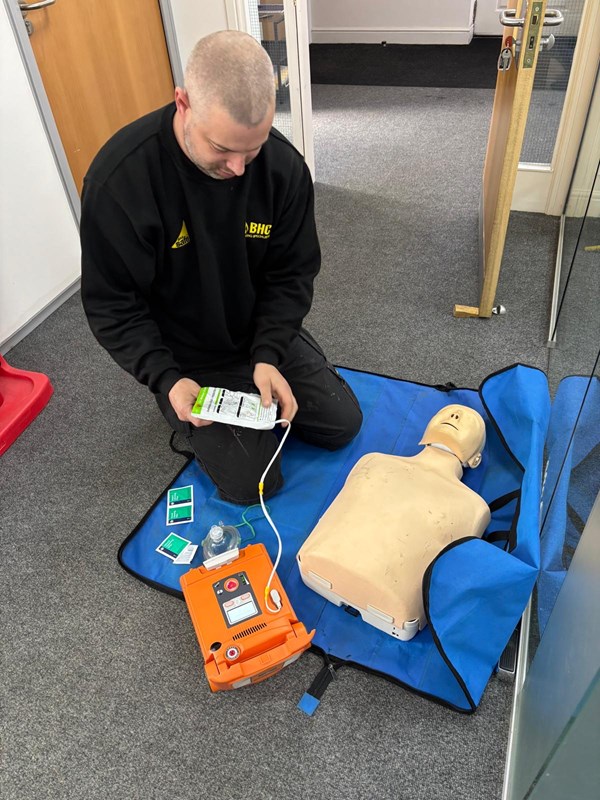
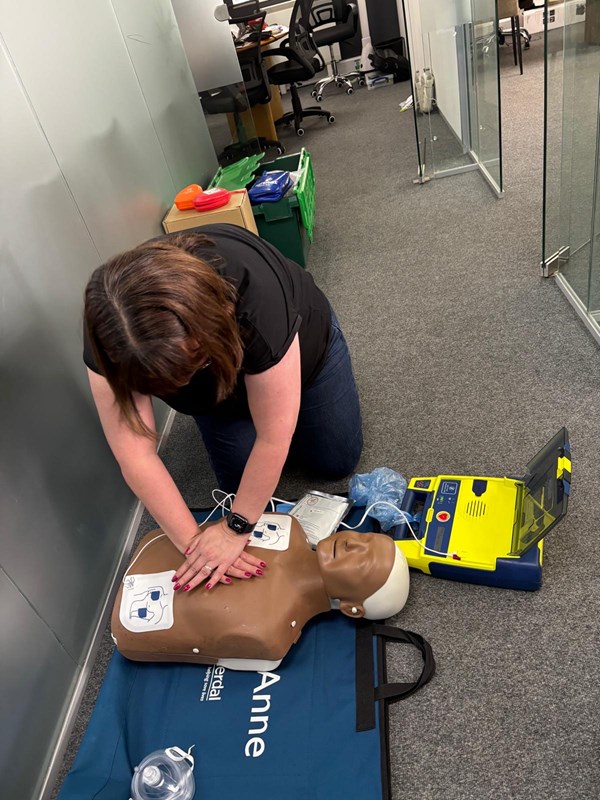

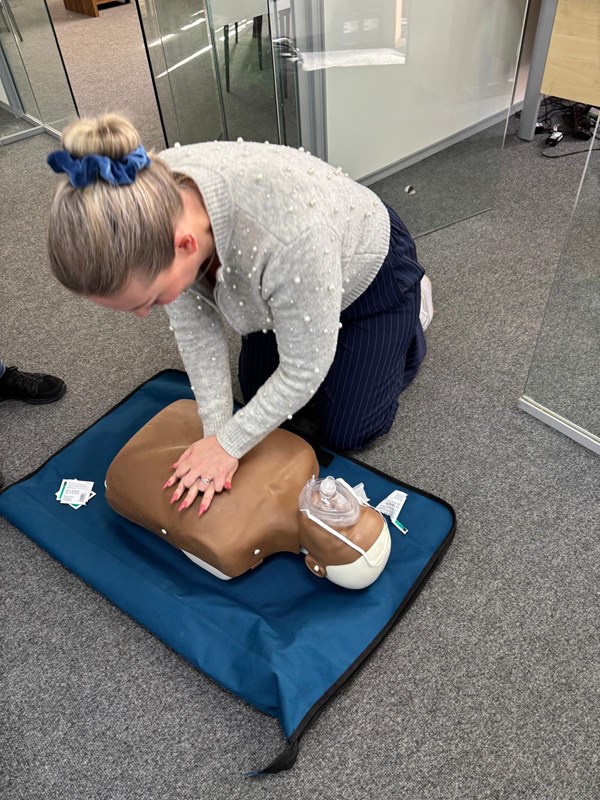
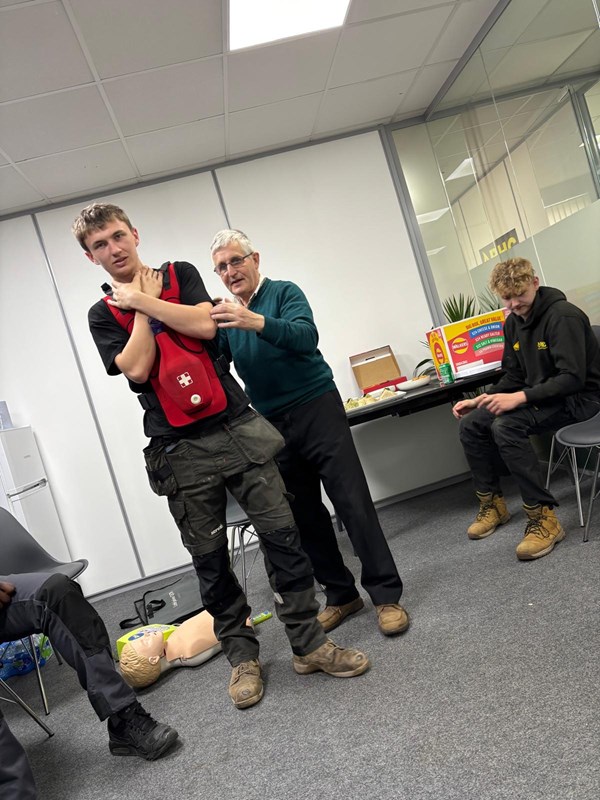




First aid in the workplace
First aid in the workplace is an essential part of workplace security.
It equips employees with the skills and knowledge to respond effectively in the event of an emergency. Workplace injuries and illnesses can occur at any time, and having employees trained in first aid can make a significant difference in the outcome of an emergency situation.
Learning first aid is more than just ticking a box on your workplace health and safety forms. It is a vital skill that can quite literally be the difference between life and death.
What Is First Aid in The Workplace?
First aid in the workplace refers to emergency treatment that employees receive when they suffer an accidental injury. Usually, this entails employees giving first aid to their colleagues, but it could also refer to visitors at work suffering injuries.
First Aid At Work: The Legal Requirements
In the United Kingdom, businesses must comply with the Health and Safety (First Aid) Regulations 1981, which set out the requirements for first aid provision.
Whether you’re a small team or a large organisation, and whether you work in a low-risk workplace or constantly around hazards, the regulations still apply - although, naturally, the requirements for each may differ. For example, if you have five employees working in an office, the risks are, on average, a lot lower than in a busy warehouse with 50+ staff, forklifts, and all sorts of stock. So, the former might only need one person first-aid trained, whereas the latter may need several.
Key Benefits of First Aid Training for Employees
We know it's all well and good to talk about these figures and statistics, but it's important to really understand what they mean in terms of real-life situations.
The main point to make is that equipping workers with some essential knowledge can prevent a minor incident from turning into a major emergency.
It's not about training people to become paramedics or experts, it's training them to be able to respond with confidence, and to give them enough information that they can help to the best of their ability until the medical professionals get there.
The significant advantages of giving formal training to employees are:
- Life-Saving Intervention: With proper first aid training, employees can respond quickly in critical situations like choking, heart attacks, or severe injuries like broken bones or cuts, significantly increasing the chances of survival.
- Improving Communication with Emergency Services: First aiders learn how to communicate effectively, ensuring accurate information is passed on to help guide medical treatment.
- Meeting Legal Requirements for a Safer Workplace: By offering first aid training, employers ensure they comply with health and safety regulations, creating a more secure and positive work environment for everyone.
- Stabilising Injuries Before Help Arrives: First aiders can provide crucial care to prevent an injury from getting worse, keeping the situation under control until emergency services arrive. This can also then lead to improved recovery times for an injured person.
- Easing Pain and Discomfort: Trained staff can use basic first aid techniques to alleviate pain, whether it’s cooling a burn or applying a bandage or ice pack, while also offering emotional reassurance during stressful moments.
Benefits of First Aid Training for Employers
First aid training is essential for employers to ensure the safety of their employees. It provides employees with the necessary knowledge and skills to respond to emergencies and prevent further harm. Here are some of the benefits of first aid training for employers:
- Reduced workplace accidents: Employees who are trained in first aid procedures and safety protocols are more aware of safety issues around them. They are more likely to notice and report potential hazards, which can help prevent accidents from occurring.
- Increased productivity: When employees feel safe and secure in their workplace, they are more productive. First aid training can help reduce the number of accidents and injuries, which can lead to fewer sick days and less downtime.
- Compliance with regulations: Employers have a legal obligation to provide a safe workplace for their employees. First aid training is often a requirement under health and safety regulations, and failure to comply can result in fines and legal action.
- Improved reputation: Employers who prioritize the safety and well-being of their employees are more likely to be seen as responsible and trustworthy. This can improve their reputation among customers, suppliers, and other stakeholders.
Overall, investing in first aid training is a wise decision for any employer. It not only helps to create a safer work environment, but it also provides employees with valuable skills and knowledge that can be used both in the workplace and in their personal lives. By prioritising first aid training, employers can demonstrate their commitment to the health and safety of their workforce.
Let's start the conversation
Please take a few seconds to fill in the boxes below and we'll be in touch to start the ball rolling. By completing this form you agree to be contacted by BHC directly. Your details will not be passed onto any third parties without prior consent. Please view our privacy policy for further details
Or call our friendly team on:
01525 888242
